Scuba Diving Micronesia and the Pacific Ocean
In the western Pacific, Micronesia consists of some 600 islands, grouped into four states – Kosrae, Pohnpei, Chuuk and Yap. Although these occupy a small total land mass, they are scattered over an area roughly five times the size of France!
The Pacific Ocean is the largest and deepest of the Earth’s oceans, extending from the Arctic Ocean in the north to the Southern Ocean in the south, and is bounded by the continents of Asia and Australia in the west and the Americas in the east. It covers about 46 percent of the Earth’s water surface, and Challenger Deep in the Mariana Trench is the deepest point in the world, reaching a depth of 10,928m.
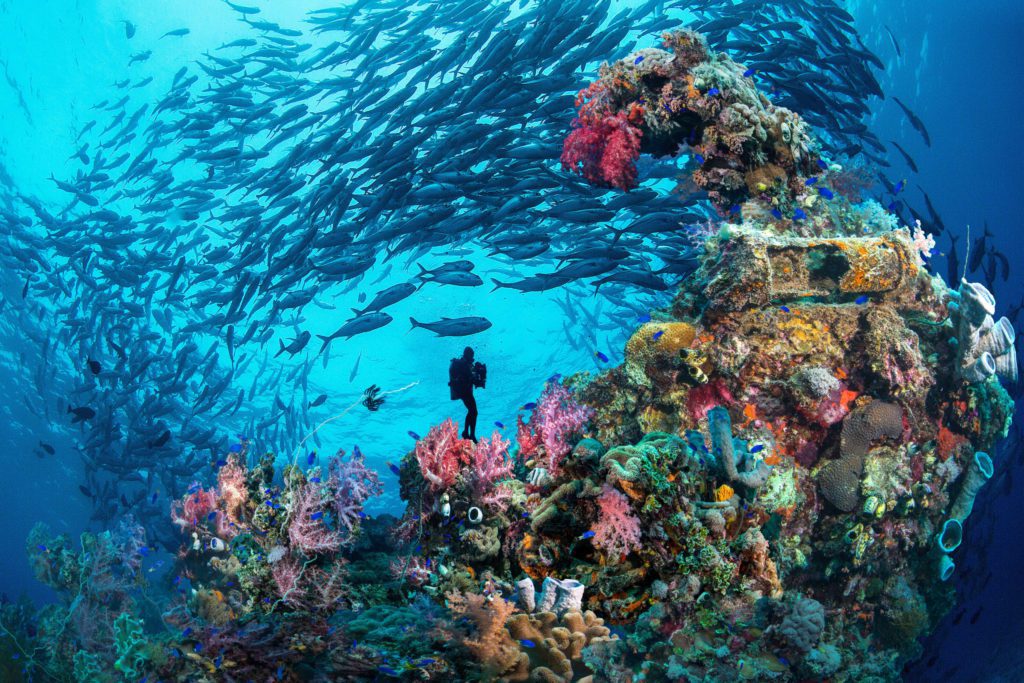
What’s in a name? - Pacific is a version of ‘pacify’ or ‘peaceful’. In 1520, Ferdinand Magellan sailed through a calm patch of water and called it ‘Mar Pacifico’, which in both Portuguese and Spanish means ‘peaceful sea’.
Top Dive Site Editor’s Pick (Adrian Stacey)
This section takes in some superlative dive locations, and I collated three ‘must-dive’ destinations.
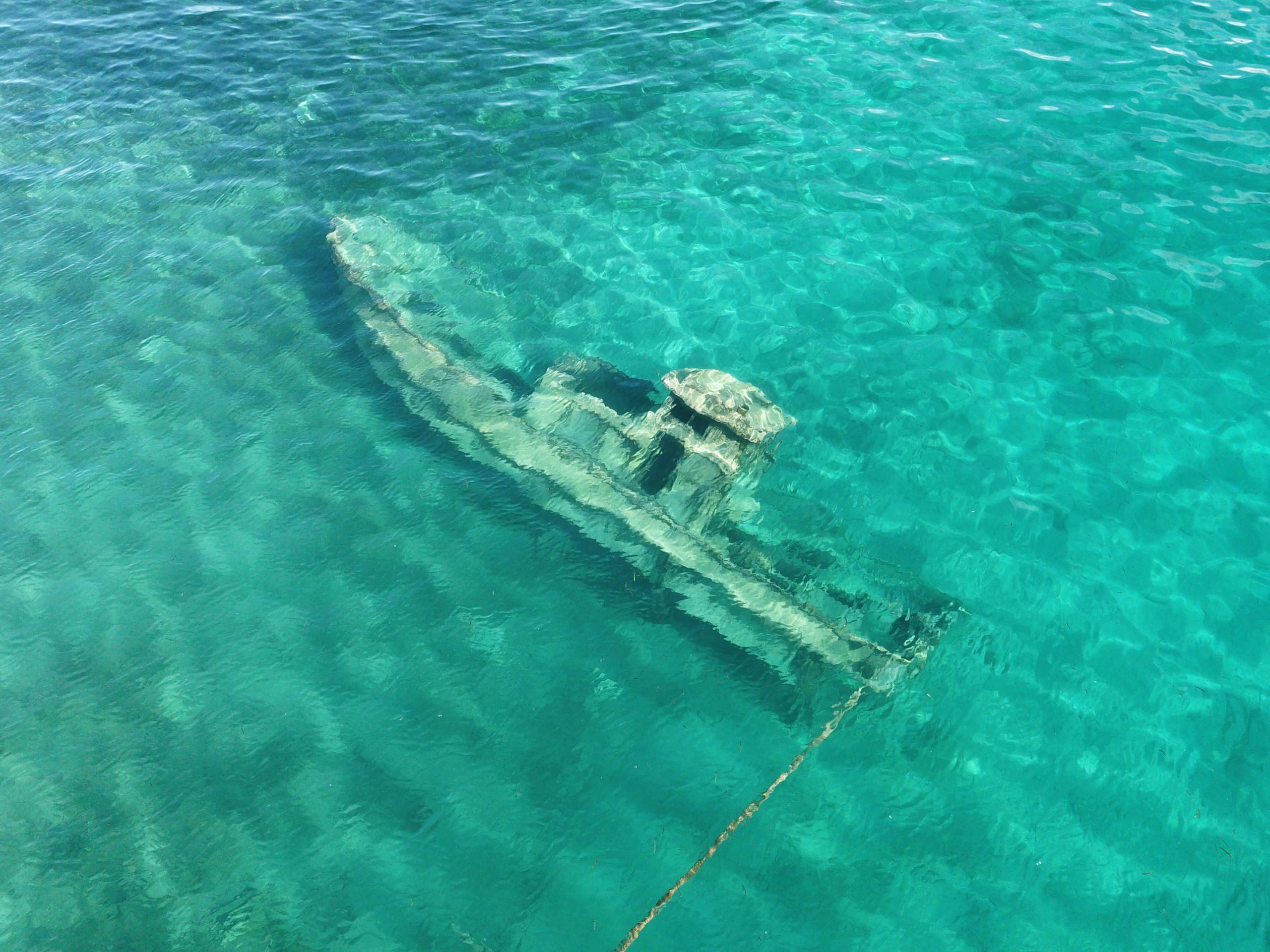
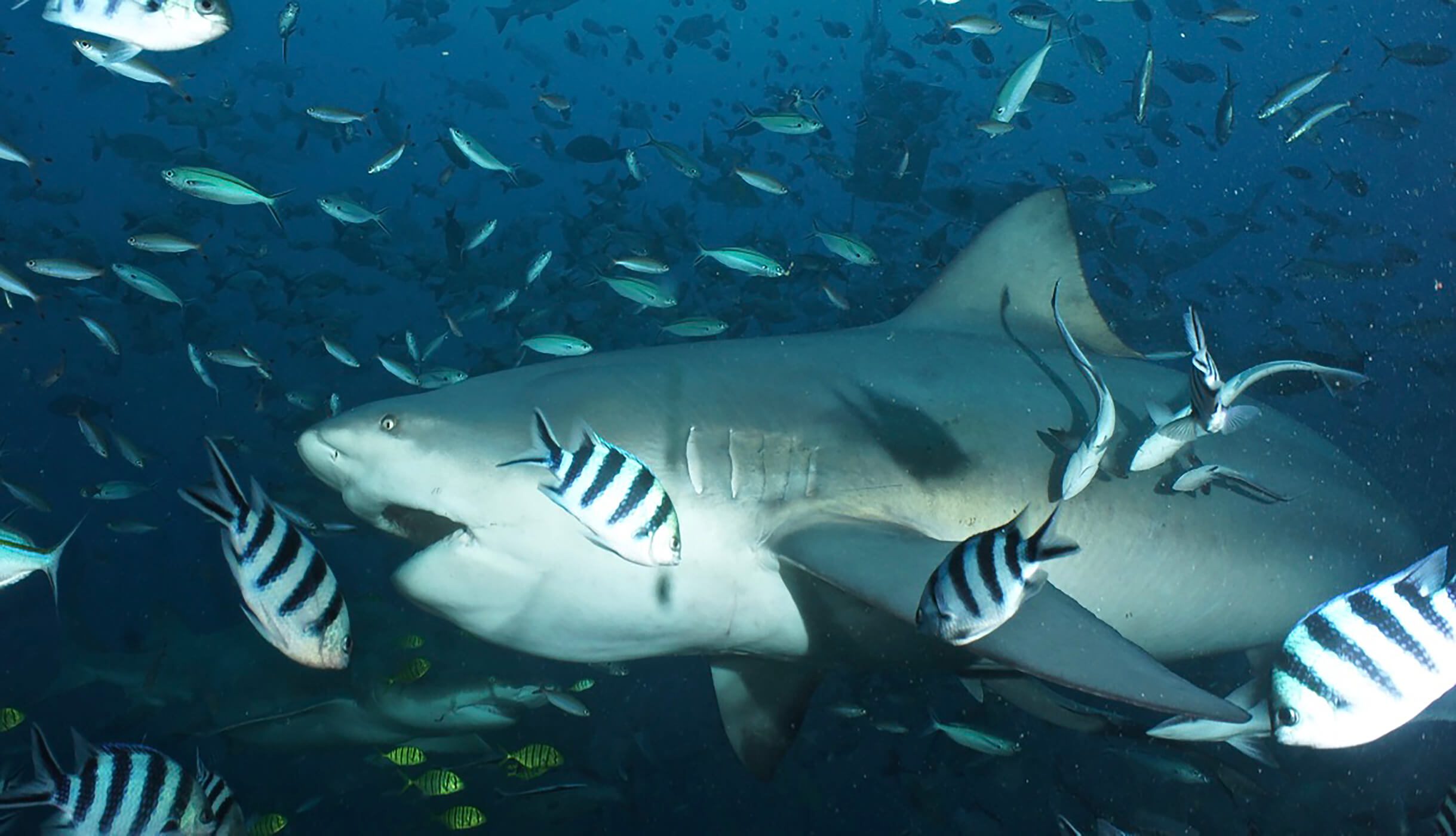
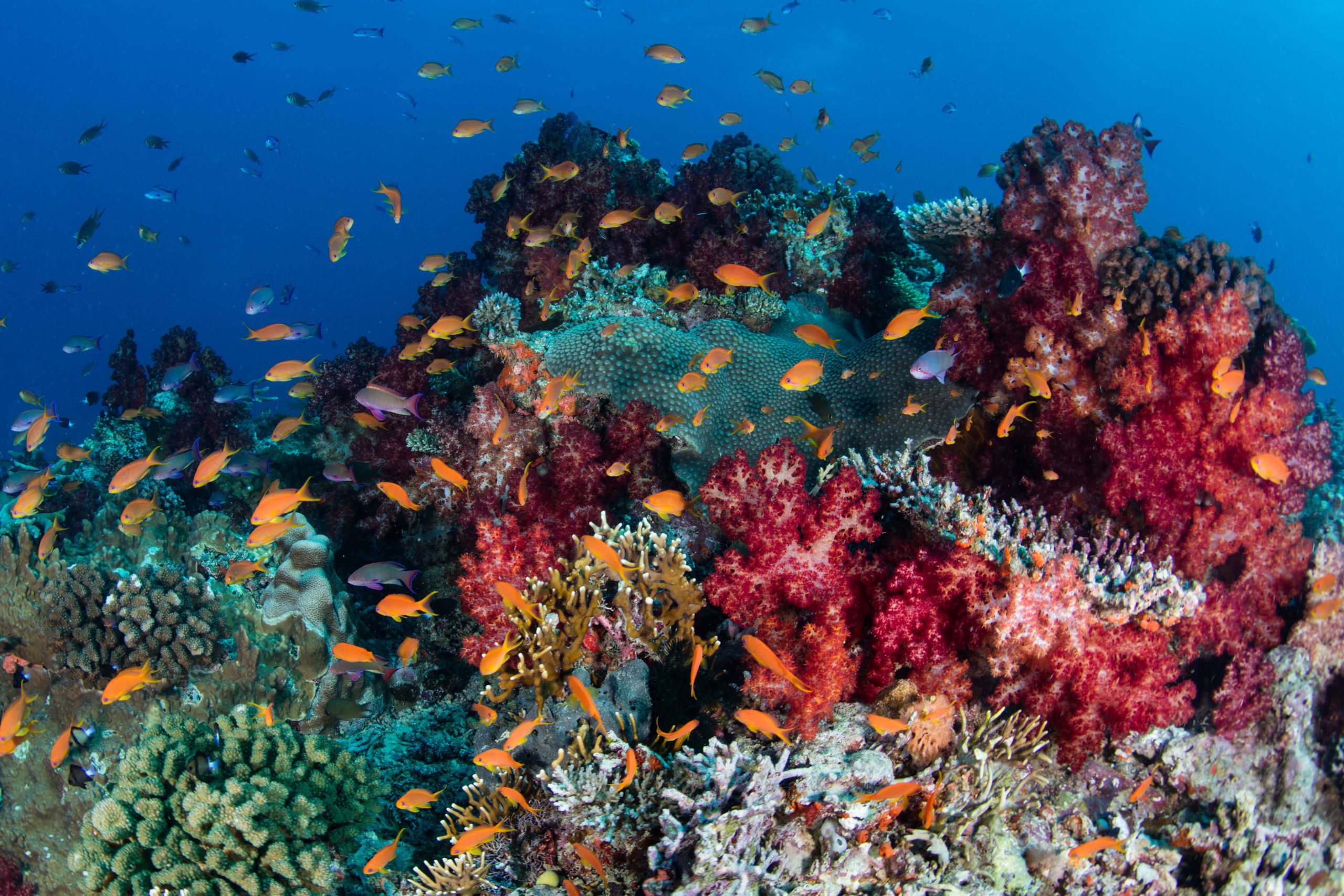
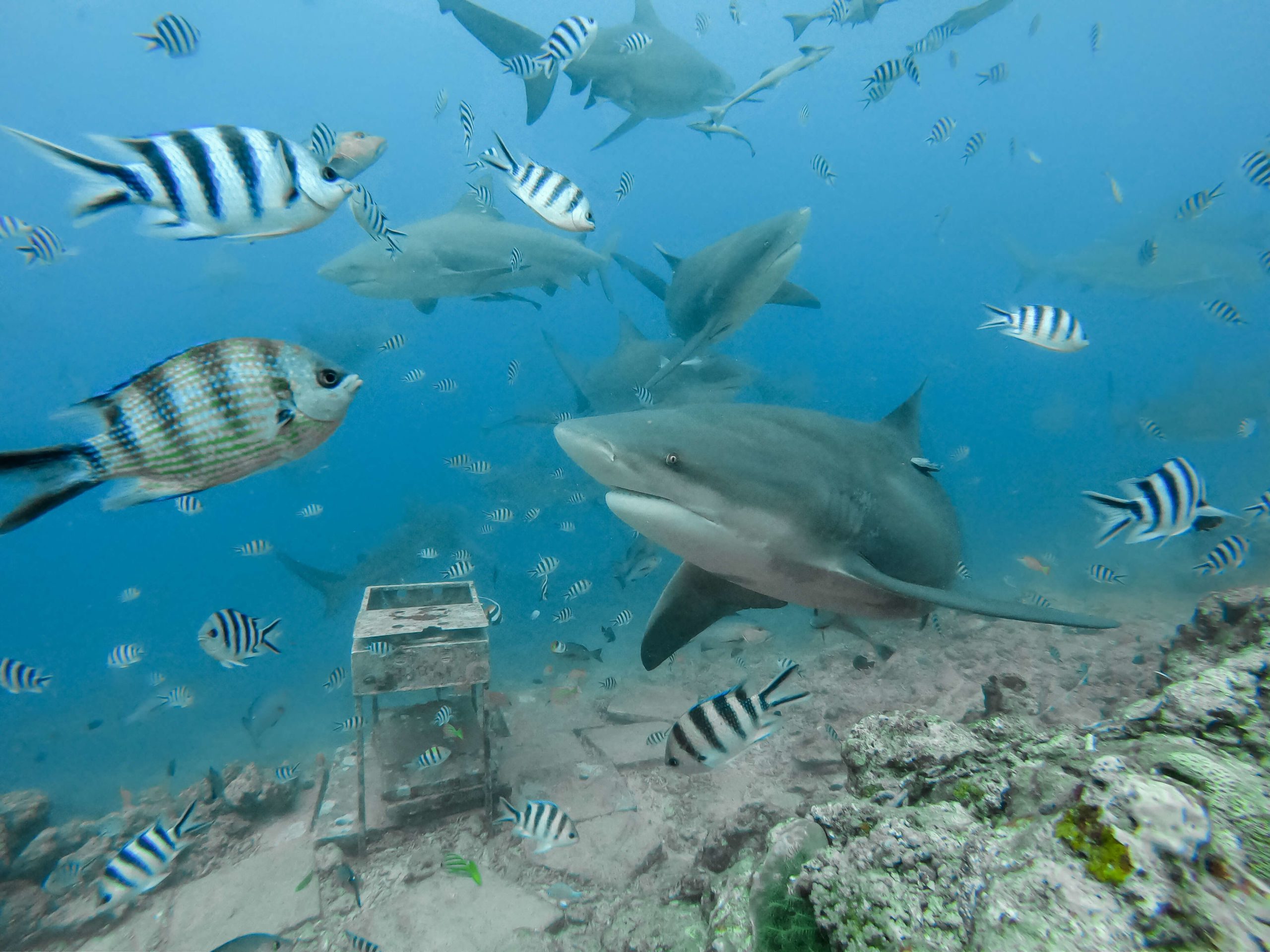
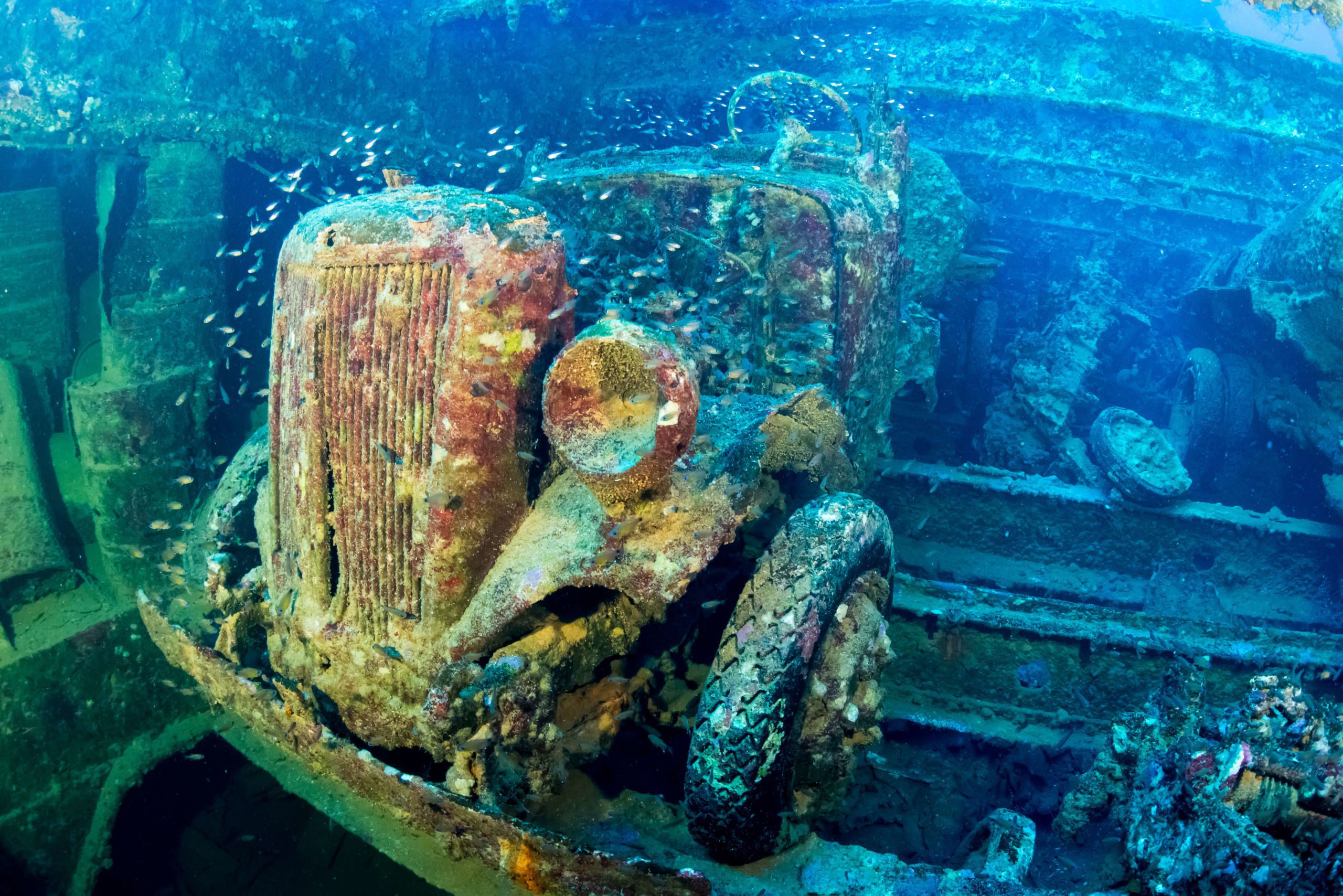
Papua New Guinea
Papua New Guinea is located within the so-called Pacific Ring of Fire and is surrounded by the Bismarck, Coral and Solomon Seas. It has barrier reefs, coral walls, fringing reefs, seagrass beds and areas for muck diving, alongside World War Two shipwrecks and plane wrecks. Topside it boasts thick tropical jungles, mountain ranges and dramatic scenery.
You can see everything from seahorse, frogfish, waspfish and nudibranchs to eagle rays, manta rays, reef sharks, turtles and even pilot whales and dolphins.
Fiji
Lying in the midst of the Pacific Ocean, this island nation is known as the ‘soft coral capital of the world’ – and for good reason. Vibrant soft corals adorn the reef as far as the eye can see, and some of the sites, such as the Great White Wall, are literally mind-blowing. This proliferation of soft corals, along with hard corals, sponges and encrusting marine growth, make the Fijian reefs a rich and diverse habitat for all manner of Indo-Pacific reef species, which in turn bring in the pelagic predators, such as grey reef sharks, barracuda and jacks. Keep your eyes open for the smaller critters too, as frogfish, seahorse and myriad species of nudibranch dwell on Fiji’s reefs.
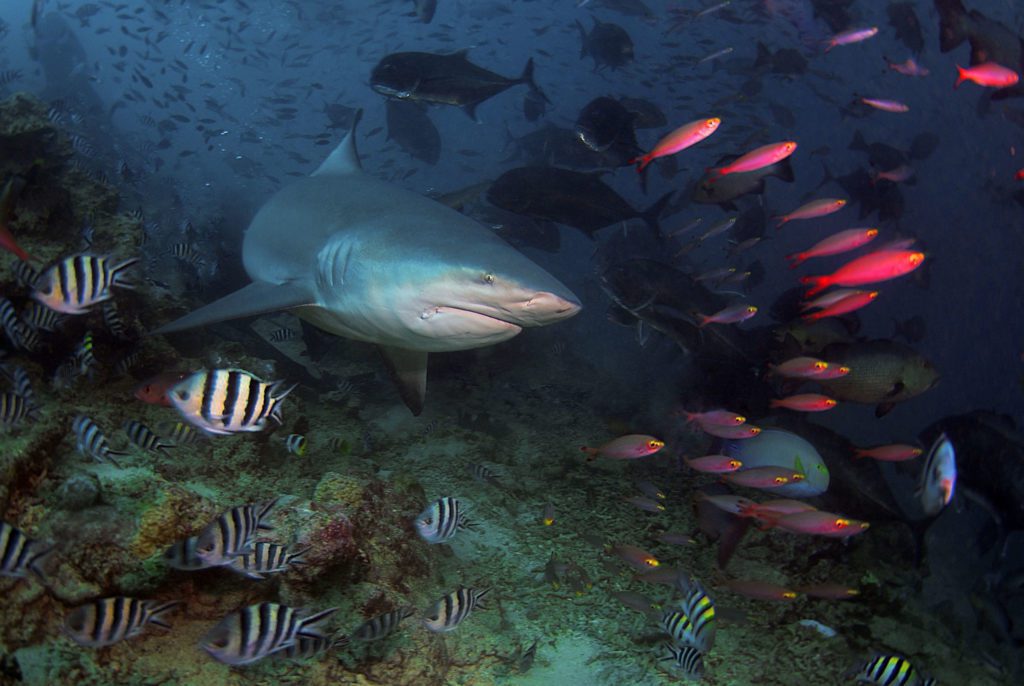
However, you can’t talk about diving in Fiji without mentioning the awe-inspiring bull shark dives out of Pacific Harbour in the Beqa Lagoon. Here, you will encounter anywhere up to 45-50 massive bull sharks, which congregate to munch on morsels of food either dropped into the water from feeding stations or dished out on sticks or by hand by experienced feeders. It is pure adrenaline diving – made all the more exciting when a tiger shark rocks up, as happened during one of my dives there.
DID YOU KNOW? - Hurricanes, typhoons and cyclones are actually different names for the same weather pattern. Hurricane is used in the eastern Pacific, typhoon in the northwestern Pacific, and cyclone in the southwestern Pacific.
Chuuk Lagoon
Chuuk Lagoon, also known as Truk Lagoon, was the main base of operations for the Japanese forces during World War Two. It is also one of the world’s top wreck-diving sites, thanks to Operation Hailstone back in February 1944, when over three days, US forces attacked and destroyed 12 Japanese warships and 32 merchant vessels.
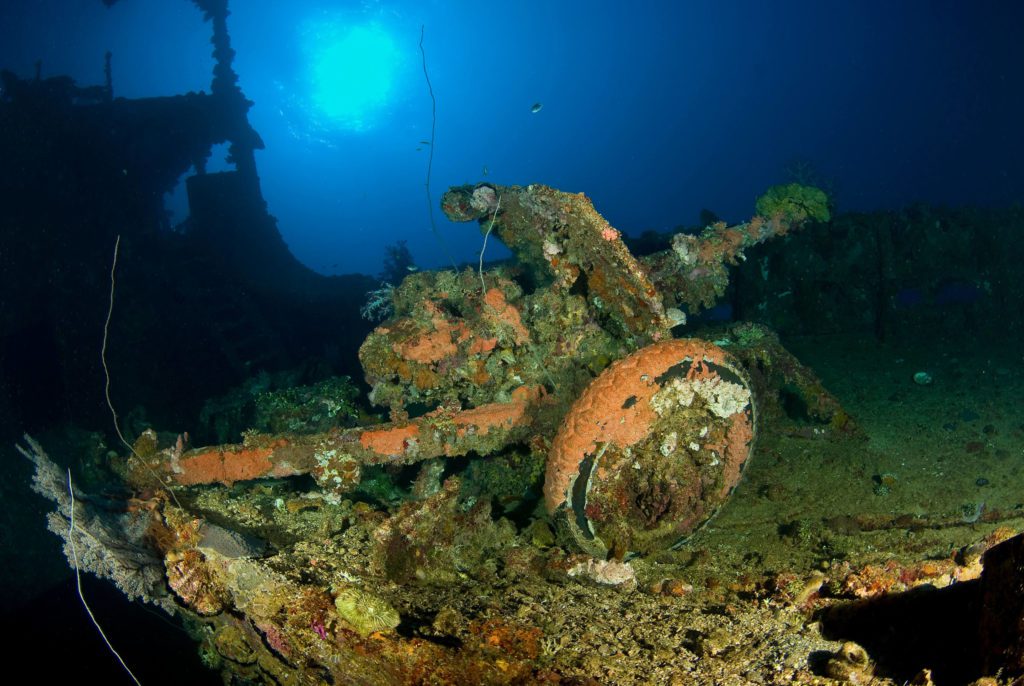
Divers who make the long pilgrimage to Chuuk – just getting there is an adventure in itself – are greeted by some of the best-preserved shipwrecks on the planet, all encrusted with a profusion of marine growth, sponges and corals. But it is the cargo that makes this place so special – delve into the holds and you can find tanks, aircraft, bulldozers, motorcycles, torpedoes, mines, bombs, plus literally thousands of other spare parts, munitions and other interesting artefacts.
Many of the wrecks lie at the limits of recreational diving (30m-40m), so this is best suited to experienced divers, and technical divers will have a ball on the deeper shipwrecks.
Find more inspiration for your dive trips this year in the Ultimate Divers Guide.
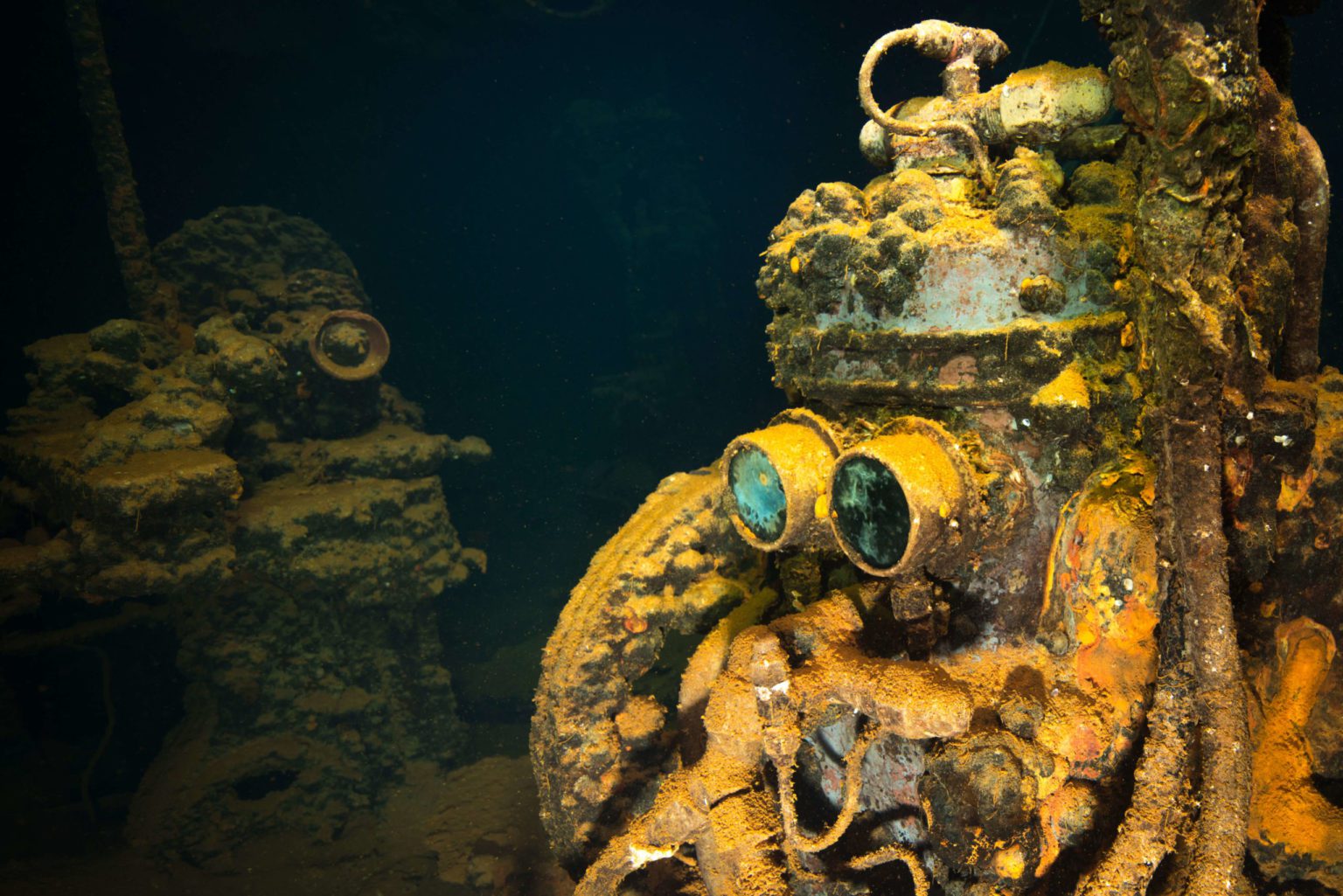








Hi Guys….thanks for a great mag and youtube channel. Could you possibly answer the following? If you had to choose between Galapagos, Cocos and Malpello which would it be and why. I know they may be similiar based on geography, but could you choose one?